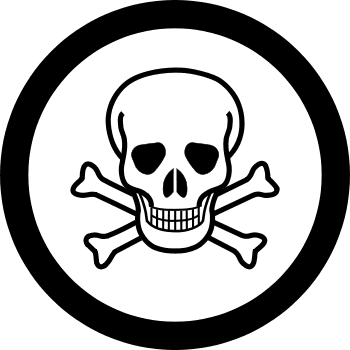j2000
Well-known member
Hi, i have a flux, chapman flux...
I have strange fenomenal (i think)...because usually if i use borax and try dissolve in the water, borax will dissolve (need very2 long time) in the hot water...BUT after cold borax almost to be gel...we can feel it...feel like slippy or greasy...
But since i use chapman borax...when water back to normal temp..borax back like sugar powder...some floating in the water and some sink in the bottom...easy to feel it...it's hard, taste salty...
If i take it and stirring in the cold water, borax easily dissolve to the water almost 100%...in warm water that borax really dissolve...
*see in the picture.
So i need to know, what is kind if borax?
I lil confused...because in some configuration, i use chapman borax and sometime i add unhydrous borax and sometime flourspar...
So that's why i confused...this is caused of unhydrous or flourspar...
Regards
Joel
I have strange fenomenal (i think)...because usually if i use borax and try dissolve in the water, borax will dissolve (need very2 long time) in the hot water...BUT after cold borax almost to be gel...we can feel it...feel like slippy or greasy...
But since i use chapman borax...when water back to normal temp..borax back like sugar powder...some floating in the water and some sink in the bottom...easy to feel it...it's hard, taste salty...
If i take it and stirring in the cold water, borax easily dissolve to the water almost 100%...in warm water that borax really dissolve...
*see in the picture.
So i need to know, what is kind if borax?
I lil confused...because in some configuration, i use chapman borax and sometime i add unhydrous borax and sometime flourspar...
So that's why i confused...this is caused of unhydrous or flourspar...
Regards
Joel












































































